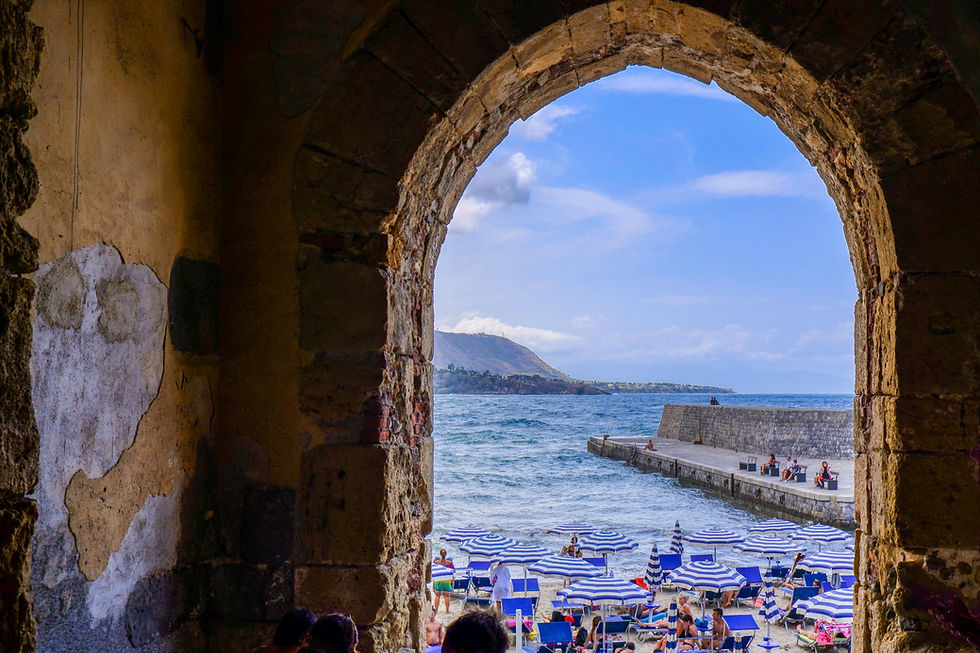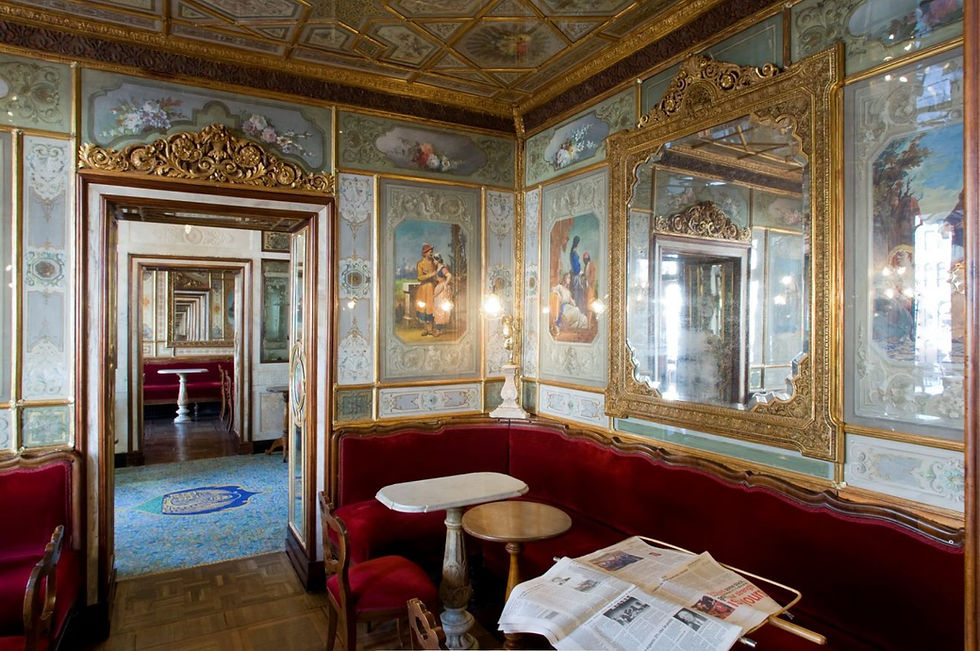Which Season is Best for Your Travel?
- TheWayToItaly
- Jan 20, 2022
- 4 min read
Updated: Sep 1, 2023
WINTER
Winter isn't for everyone. Heck, I didn't think it was for me, either. But the winters in central Italy are generally mild and the further south you go fairly comfortable. I have clients send me family photos from Rome in December and they are wearing shorts and sweaters. For most of us, a coat is needed, and to be honest when it is rainy and or windy the cold can make anyone miserable.
Thankfully cold and miserable days never linger. Spend this kind of day indoors as the locals do. Hang out in the museum, go church hopping, shopping, or sip some wine with locals in the nearest cafe. With fewer tourists, the local business owners have more time to spend with their guests. So chat them up and make some Italian "forever" friends.
Fewer people generally mean less expensive. When the demand for hotel rooms is low usually the rates drop. For this reason, I recommend making your home base in the larger cities and day-tripping out of the city by train or car when you want.
Keep in mind some local retailers choose to close during the winter months.
Don't forget Italy's biggest sales are held during the month of January. And Christmas Markets all over Italy start popping up around mid-Novmeber.
If you like snow, head North to the Italian Alps. The Dolomites are a UNESCO-certified mountain range that makes for a beautiful backdrop in the winter. Of course, the ski slopes and small base villages may be packed with lots of snow lovers, so prepare for larger crowds than down south.

SPRING
In spring temperatures start to warm and Italy's hills are blanketed in green; it’s a perfect time for outdoor exploration. March is also the beginning of the festival season, so there are tons of opportunities to make merry with locals, be it at Carnevale (think Mardi Gras) in Venice or Viareggio, the Almond Festival in Sicily, or Festa della Primavera (Spring Festival) all over Italy on March 21st.
Keep in mind that if you're visiting Northern Italy in March, you may still run into some winter weather, including cold, rainy days, and even the occasional late-season snowstorm.
April can be one of the best months of the year to visit the busiest and most popular cities because temperatures are warm enough for enjoyable sightseeing, yet the crowd sizes are much smaller than you will see starting in May and June. But bring a jacket (and be prepared for rain) because it is springtime - you know.
Trains, hotels, and fresh produce are cheaper than in Summer. You may even notice a price drop on food menus when there are fewer tourists and more locals in the restaurants.

SUMMER
Summer is synonymous with sunshine in Italy, and it’s the season for poolside living and meals al fresco- which is the best part of summer in Italy… in my opinion.
Summer is also peak season in Italy, and July through the end of August, in particular, are crowded with vacationers from Italy, Europe, and all of the U.S. it seems. Expect full sun, full crowds, full kids. Some families have no other choice to travel than when their children are out of school. I get that and my suggestion is to pack a lot of patience.
Prices are high in every category, lines to museums and attractions are longer, and the heat and humidity can be oppressive.
The first rule of thumb for summer travel is to book hotels and transportation early and make reservations ahead of time for museums and restaurants.
Get up early to see the sights when it is cooler and less crowded. Head back to your hotel, apartment, or villa at noon for a siesta like the locals and a dip in the pool. Head back out after the sun sets and the temps begin to drop.
Remember Ferragosto is August 15th. Some Italians take the whole month of August off (some just a week or two) and escape to the Italian coastline. That means lots of businesses close during this time. It also means it's not as busy in the city centers...if you can stand the heat. It also means the seaside is quite busy and hotel rooms can triple in price.
Because the kids are out of school you can take longer vacations. My suggestion is to enjoy the "slow travel" philosophy. Spend longer amounts of time in one city so you don't feel pressure to do it all in one day or even a weekend. One way to save money is to buy the city pass that offers discounts to travelers staying for longer periods of time.

AUTUMN/FALL
Italy is especially stunning in the fall when trees and hills are painted in bright orange, fiery red, and yellow.
September in Italy is still very pleasant, with an average of around 77°F. Expect brisk mornings and many sunny days, but plan for wet weather too. Because of the lingering good weather expect a decent amount of crowds to linger as well. Prices for food and lodging will continue to be at high season prices.
In late October, there are fewer crowds in the streets, and this means that you get to have the beautiful fall views to yourself. Some attractions introduce shorter winter hours starting in October, so be sure to check the schedules.
Autumn brings on the grape harvest and all sorts of gastronomic festivals. From late September to October, you can enjoy truffle hunts, new olive oil, and wine festivals in towns all across Italy.

RESOURCES:
Sunrise and sunset times are great for planning your day and perfect times for planning dinner panoramic sunset views at dinner.
Average temperatures in various cities throughout Italy




Comments